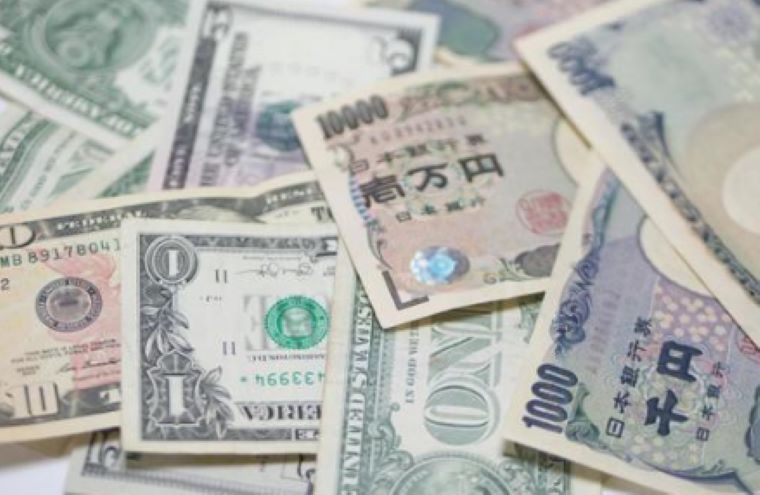2 min to read
A sharp depreciation of the US dollar
triggering significant shifts in currency markets

“A sharp depreciation of the US dollar and a corresponding appreciation of the Japanese yen”
The resurgence of the debt ceiling issue has instigated a sharp depreciation of the US dollar and a corresponding appreciation of the Japanese yen, triggering significant shifts in currency markets.
In the initial phase, the USDJPY exchange rate demonstrated the dominance of the US dollar, surging to 138.65 yen against the dollar in the Tokyo market’s morning session, approaching the notable threshold of 138.70 yen. Optimism regarding the resolution of the US debt ceiling problem pervaded the market, fueling a risk on sentiment. Moreover, the ascent of long term US bond yields bolstered the strength of the US dollar.
However, concerns surrounding the US debt ceiling were rekindled when a Republican representative abruptly departed from the unofficial negotiations between the US government and the Republican Party in Congress, leading to a temporary impasse in the discussions. Consequently, anxiety surrounding this issue heightened once again. Republican House Speaker McCarthy attributed this deadlock to the government’s inaction and abstained from commenting on the potential resumption of talks.
This breakdown in negotiations, coupled with limited leeway to avoid default, intensified market apprehension, resulting in a substantial sell off of the US dollar and a surge in demand for the Japanese yen. The USDJPY exchange rate experienced a sharp decline from around 138.60 yen to 137.43 yen. The growing risk aversion in the market, exemplified by the 10 year US Treasury bond yield dropping from an earlier peak of 3.72% to the 3.63% range, spurred a mass sell off of the US dollar, causing an upward movement in yen demand.
Following a brief respite in the downward trajectory, a wave of buying activity emerged, enabling the USDJPY exchange rate to recover and regain the 138 yen level. Nonetheless, concerns loomed over maintaining long positions in USDJPY amidst the escalating debt ceiling issue, acting as a deterrent to further gains.
A similar risk averse yen buying trend permeated other currency pairs, notably the euro against the yen. Supported by the upward movement in USDJPY, the EURJPY exchange rate reached approximately 149.80 yen during the morning session. However, it subsequently experienced a slight decline, plunging by more than one yen from its peak to around 148.70 yen, as a direct consequence of the sudden drop triggered by the debt ceiling issue.
In the EURUSD pair, buying pressure prevailed during the London market session, propelling the exchange rate to around 1.0820. Nevertheless, the US dollar encountered selling pressure against the yen and other currencies, causing the rate to retreat to approximately 1.0780. Subsequently, it rebounded to 1.0820, marking the day’s high. However, certain corrective movements were observed, briefly pushing the exchange rate below the 1.08 level.
Visit XM Official Website.

